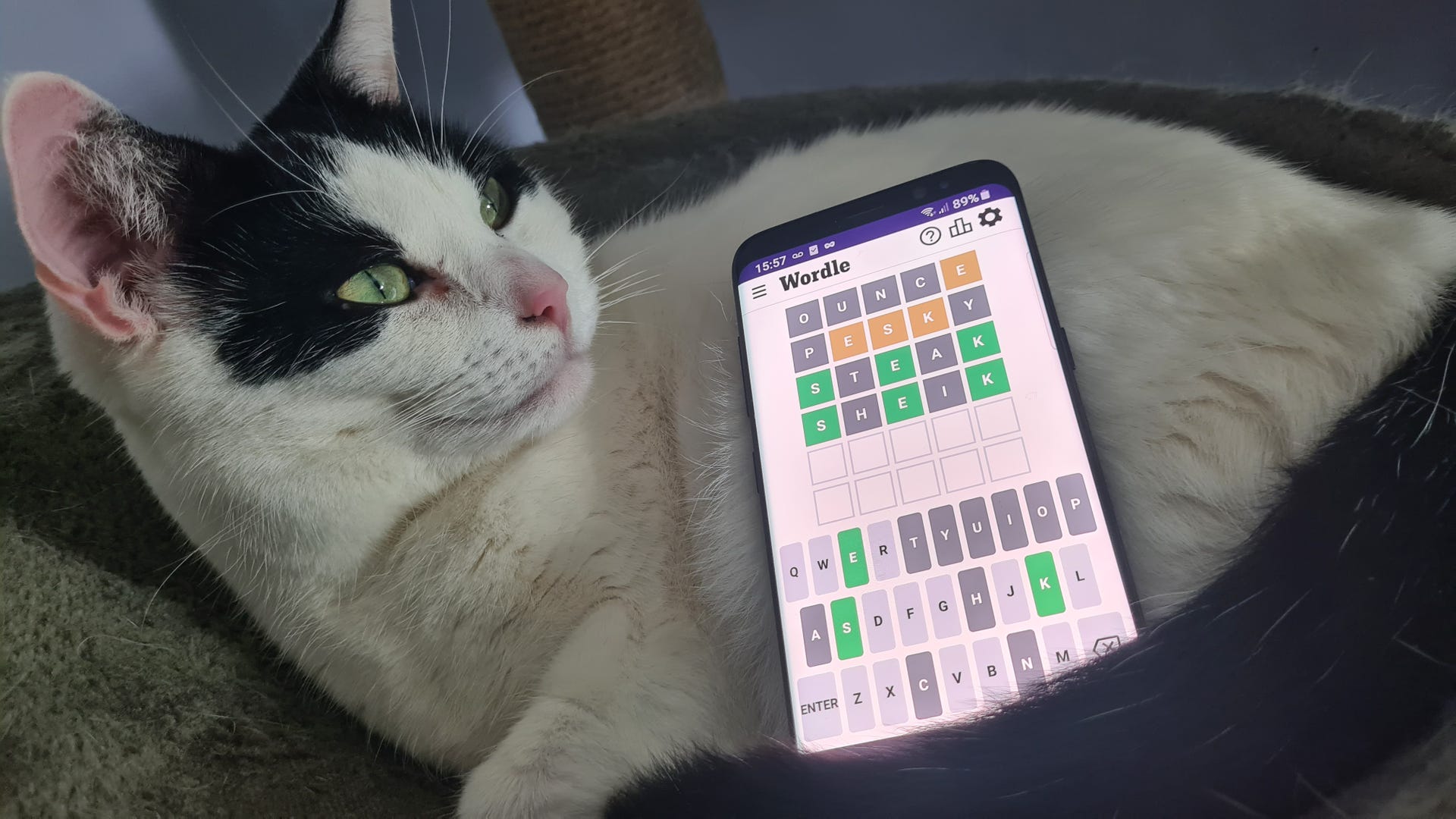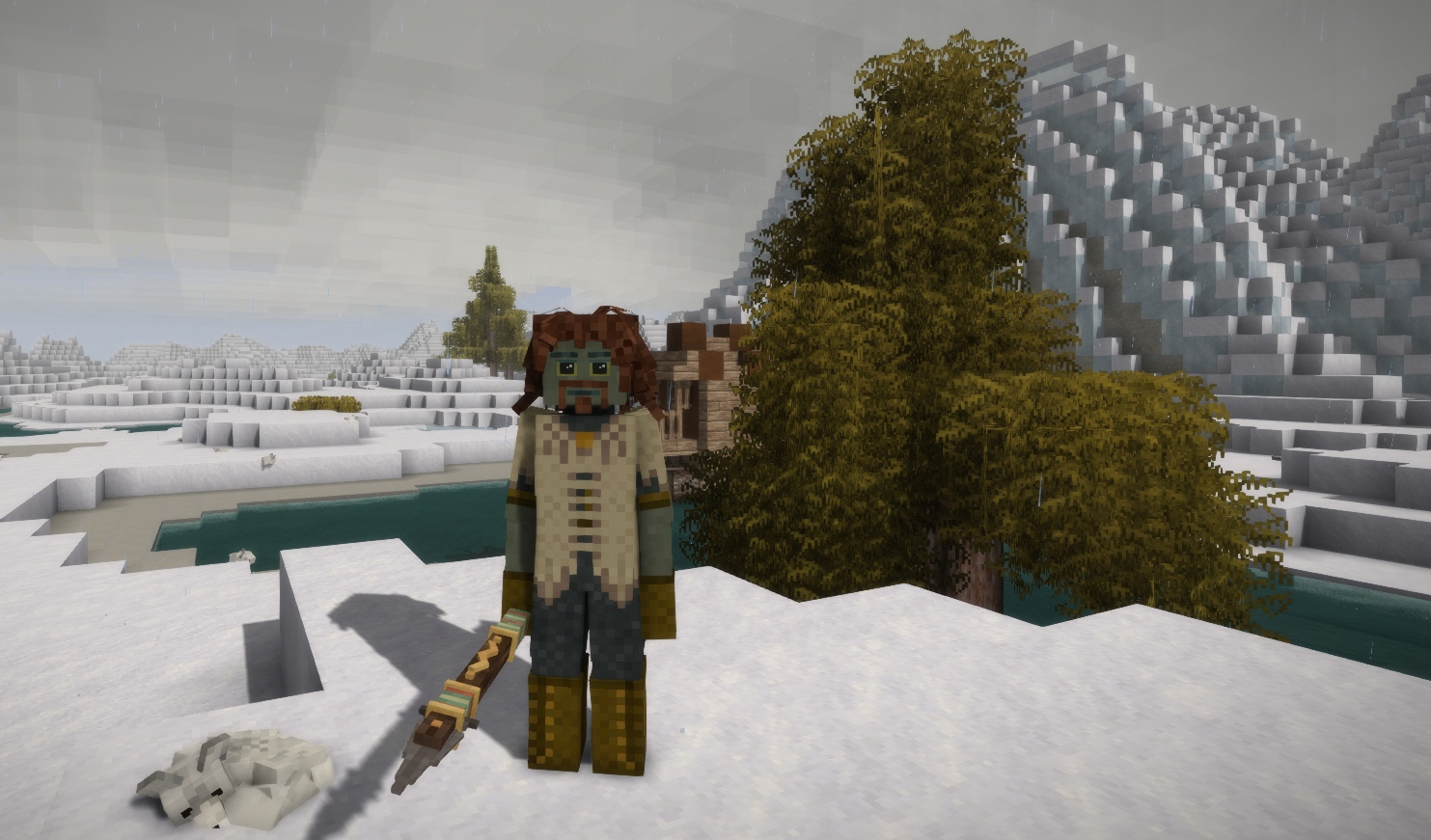
Remedy has long been a studio that wears its influences on its sleeve. From the hard-boiled police files of Max Payne to the New Weird foundations of Control, movies, TV shows, and books have long served as inspiration. This is no different in Alan Wake 2, which blends horror and detective fiction in creatively unsettling ways. We talked to Remedy to find out why these genres work so well together, discuss some of the game’s cultural touchstones, and how they bleed their way into the survival horror story, characters, and gameplay.
“A really great detective mystery in my opinion is when you can put yourself in the shoes of the detective and pay close attention to things, look at the connections, put it all together”, says Principal Narrative Designer Molly Maloney. “What makes really great horror in my opinion is when you wish you could look away, but you can’t. It’s that balance of I don’t want to look, but I need to. So detective and horror I think are a great mix because you wish you could look away, but you really need to pay attention. And the delicious dance of those two feelings.”
Remedy’s Creative Director Sam Lake concurs: “There is this aspect of horror as a genre having a lot to do with detective fiction, because usually, the premise is something strange is happening, which is very close to a crime has happened. And on one part we are afraid to find out, but we are driven to find out.”
The genres of detective fiction and horror have long been bound together within book spines and film reels. Like twins separated at birth, they are rooted in the same emotional DNA: suspense and fear of the unknown. Both suspense and the suspension of disbelief are something Game Director Kyle Rowley is seeking to build in Alan Wake 2.
On one part we are afraid to find out, but we are driven to find out.
“The game starts out very grounded and we’re this investigator investigating these things, it sets the tone of like, “Okay, this isn’t quite right.” And then we can basically use that to start layering on top this actual more supernatural horror.”
Much like the genres it draws inspiration from, Alan Wake 2 is a game split into two halves. Saga and Alan are two sides of the same coin, each trying to work their way out of the nightmarish surroundings they find themselves in. Saga is heads, using her FBI-trained brain to sniff out clues to solve a series of ritualistic killings. Alan is tails, a rat caught in a hellish, surrealist maze of his own making. Two such distinct styles demanded two different approaches to tone, however. For the former, there was plenty of source material to riff on.
“One of the first things that came to us when we were thinking about creating a concept of an FBI agent coming with her partner to investigate these murders was season one of True Detective”, Rowley reveals. “The kind of dynamics between the two detectives there and how they work together to solve that case was something that’s very compelling to us. And then obviously just stylistically wise, again, it’s got a lot of ritualistic elements to it that we could lean on quite well.”
“Moving into The Overlap as Saga when you’re pushing through the forest and that first Overlap with the intense reds and the blending of the worlds, that felt like a deleted scene out of True Detective season one to me”, adds Maloney.
“Silence of the Lambs is another example for sure in this”, says Lake. “Twin Peaks as well. We are still drawing from that idea and from Lynch’s works overall.”
We didn’t want it to feel very modern, it needed to feel like it was a place lost in time.
Rowley agrees, “I think Twin Peaks and David Lynch works are still important for us. But then also just from an art direction perspective, we looked at a lot of Coen Brothers works like Fargo. We didn’t want it to feel very modern, it needed to feel like it was a place lost in time.”
There’s one influence that towers over all, however. David Fincher’s disturbing 1995 thriller, Seven. Maloney explains: “When I look at Saga I see a lot of Seven. She is a consummate professional, she’s very talented at what she does. She’s here with her partner, Alex Casey, trying to solve this increasingly impossible seeming series of mysteries. I mean, it’s not that they’re being funny, but there’s a pleasant back-and-forth that really reminds me of Morgan Freeman and Brad Pitt, didn’t feel dissimilar.”
“Seven is definitely a good example of the merging of detective fiction with horror”, Lake adds. “Serial killer stories overall often come really close to a horror film while being very much a detective story as well.”
Seven is perhaps where these worlds collide most prominently in film. In Alan Wake 2, this overlap can be found in a place literally called The Overlap – areas where Bright Falls reality merges with nightmare New York. For Alan’s Big Apple, there needed to be a whole new dossier of reference material, albeit, again, with some overlap. This posed a new challenge for Rowley and the team.
“For Wake’s Nightmare in New York, we wanted it to feel more grimy, more rundown. It rains a lot. And so things like seven, how they utilize rain to heighten different moods, we utilize weather not just as a visual thing. We also want to use it actually narratively to as things escalate, there’s more water, there’s more rain.”
We go all the way to Taxi Driver for the visuals of wet asphalt and neon signs
“We are drawing from many various things in the Dark Place”, explains Lake. “It goes back to say visuals of what does this kind of a pop culture New York feel like? And we go all the way to Taxi Driver for the visuals of wet asphalt and neon signs being reflected there.”
Scorsese’s masterpiece brings the most sordid layers of 1970s New York bubbling to the surface. But Alan Wake 2’s New York is far from one rooted in reality, and one that plays on the horror and uncertainty of the unknown.
“We weren’t really going for anything like body horror or zombie horror”, says Rowley. “We were very much leaning on what we established in the first game, which was slightly supernatural psychological horror. So more focused on for us, the building of atmosphere, the sense of dread that comes from not just the world that you’re in and what we do on an audioscape level and an atmospheric level to make you feel that, but also on a narrative level.”
Sam Lake expands on other influences: “The dreamlike nature of the Dark Place, Inception plays a role. Him struggling to understand and remember, I feel Memento is a great detective story kind of trying to understand and trying to piece together what has happened. Him being the narrator and kind of not a reliable narrator from the perspective that he doesn’t have the full picture. Even Fight Club I think is this kind of a pretty anxious horroresque, urban story and a psychological thriller.”
It’s not just film and TV that Remedy looks to for inspiration, either, but, of course, video games. The Resident Evil and Silent Hill influences are clear to see, but there are some interesting teases from Maloney.
I’m really inspired by Daniel Mullins and some of the work that he’s done with Inscryption and Pony Island.
“I’m really inspired by Daniel Mullins and some of the work that he’s done with Inscryption and Pony Island. And I think that, without giving too much away, there’s a later scene with the case board that has moments of that. I feel like his influence maybe was seen there.”
Alan Wake 2 is set to be a game that surprises. Not only is it radically different from its predecessor, but appears to be lulling the player into a false sense of security. You may think you know the cliches and twists that come with detective fiction. You may think you’re well-versed in the rhythm of scares associated with survival horror. But you’ve never experienced a story in either of these genres written by Remedy before.
Simon Cardy actually thinks season two of True Detective isn’t that bad. Follow him on Twitter at @CardySimon.






